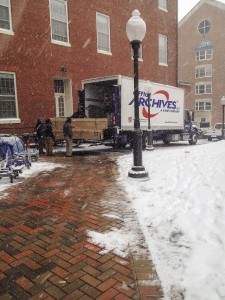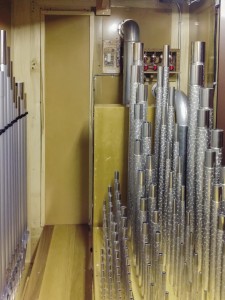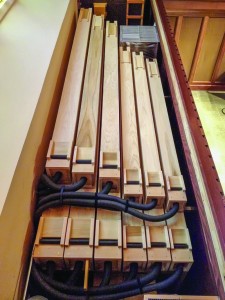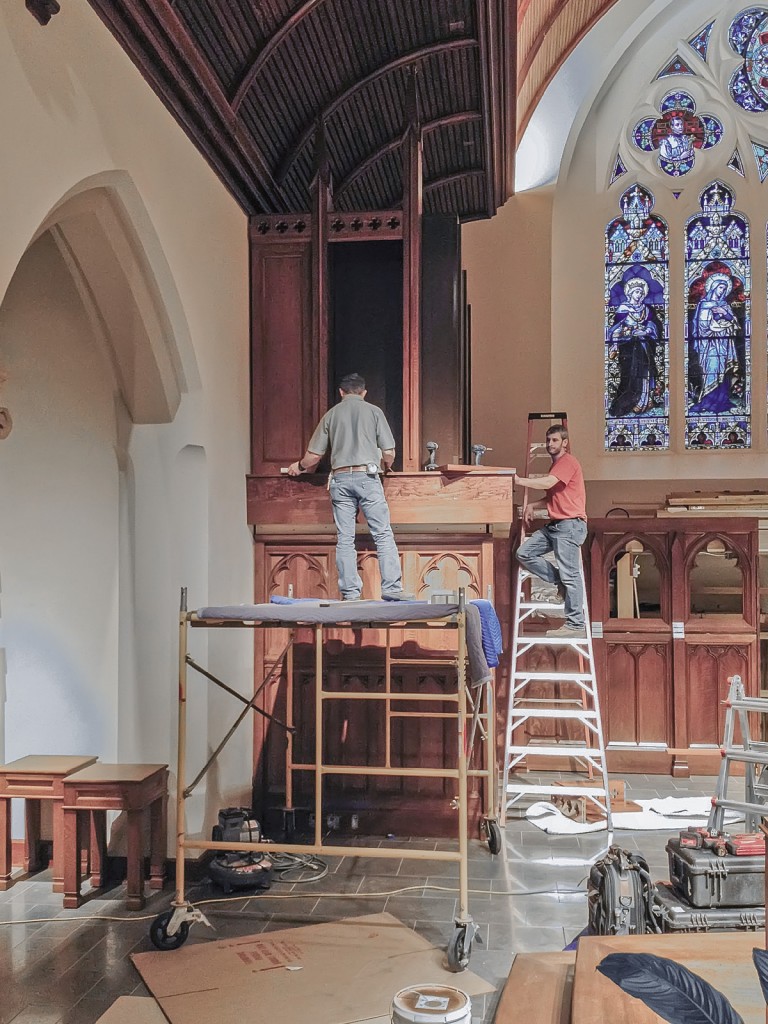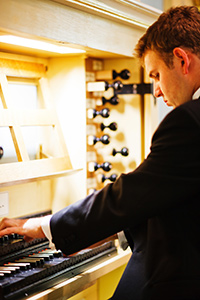 Dexter Kennedy has won the Grand Prize of Interpretation in the 24th International Organ Competition Grand Prix de Chartres. Arguably the most prestigious organ competition in the world, the competition was in held in Paris on the organs of the Conservatoire à Rayonnement Regional, the Conservatoire National Superieur de Musique, and the final round was held on the great organ of Notre Dame Cathedral. Over 60 organists submitted application tapes for this competition, and 21 were accepted to compete in the live rounds.
Dexter Kennedy has won the Grand Prize of Interpretation in the 24th International Organ Competition Grand Prix de Chartres. Arguably the most prestigious organ competition in the world, the competition was in held in Paris on the organs of the Conservatoire à Rayonnement Regional, the Conservatoire National Superieur de Musique, and the final round was held on the great organ of Notre Dame Cathedral. Over 60 organists submitted application tapes for this competition, and 21 were accepted to compete in the live rounds.
The Grand Prix de Chartres carries a cash prize, but more importantly 30+ recital engagements all over Europe, including appearances in France, Spain, Germany, Iceland, Russia, Slovakia, and the United Kingdom.
Mr. Kennedy is a member of the Detroit chapter of the American Guild of Organists. He is the first American to have advanced to the finals of that competition in the past eighteen years.
